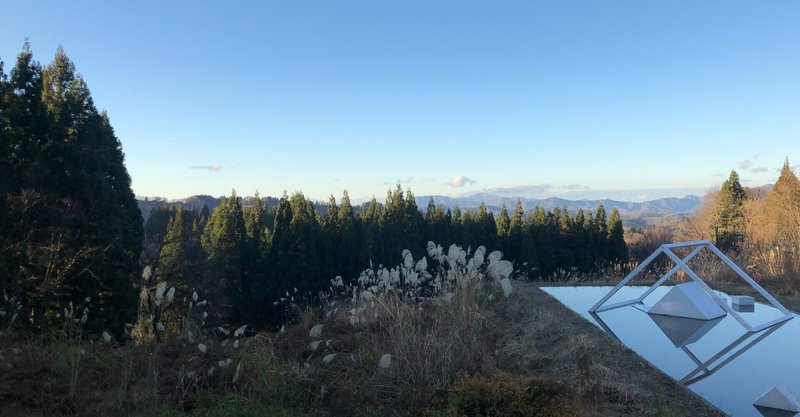
ワーケーションが草の根レベルで直面する課題
最近、日本では様々な自治体がワーケーションを推進しており、魅力的なワーケションパッケージ作りに力を入れています。しかし、前回の記事で述べたように、多くの企画はトップダウンで行われており、利用者の具体的なニーズを考慮していないのが現状です。
先日、ワーケーション訪問者数の増加を目指している新潟県のある地域を訪問した際に、ターゲットユーザーがワーケーション制度の実用化に不安を持っているだけでなく、現地の事業者が持っているイメージもさまざまであることを発見しました。
例えば、宿泊施設によってワーケーションゲストへの備えのレベルには差がありますが、ワーケーションプランのイメージもかなり異なります。短期滞在型のワーホリプランの導入に期待する宿泊施設もあれば、すでに試してみましたが需要がないという宿泊施設もあります。さらに、団体向けの研修プログラムや若者向けのサマースクールなど、特定タイプのワーホリに注目したい宿泊施設もあります。
しかし、同じ新潟県の地域で、もっと広い意味での「スタディケーション」という概念の紹介をもらいました。子どもや学生の修学旅行を主な対象としていますが、大人がスキルアップのための現地セミナーに参加したり、地域の様々な活動(農業活動や活性化事業など)に参加し地域の課題を学んだりすることもできます。これは、世界で流行っている学び旅(Travel & Learning) やサステイナブル・ツーリズムとも共通点があります。したがって、新しいスタイルの旅行としてのスタジケーションは、今後さらに発展していく余地があると考えられます。
なお、新たに開発されるワーケーションやスタディケーションの商品に、魅力的な現地のアクティビティを加えることが不可欠です。ターゲットとするゲストに魅力的なアクティビティを慎重にデザインし、磨け上げることが今後の課題の一つとなるでしょう。
結論として、日本の地方部でのワーケーション開発の際、関係者を積極的に巻き込んだ議論が必要です。トップダウンでは成功例は生まれません。担当の行政機関はゲストやサプライヤーの声に耳を傾け、現実的なニーズをよりよく理解していく必要があります。
(英文)
Lately various local governments in Japan are promoting workation and putting efforts on creating attractive packages for workation target groups. However, as I discussed in a previous article, much of the initiative of promotion workation is happening on a top-down approach and doesn’t take into account specific needs of the target users.
During my recent visit to an area in Niigata prefecture which aims to increase workation visits, I discovered that not only the target users have concerns about the practical implementation of the workation system, but also the local suppliers have different images about what such strategies should look like.
For example, accommodation facilities differ in their level of preparedness for workation guests, but they also differ in the way they imagine workation plans. While some accommodation facilities remain hopeful about the introduction of short-term workation plans, others have already tried listing such products and discovered lack in demand. Furthermore, there are accommodation facilities which prefer to focus on particular types of working trips, for example training programs for groups or summer school packages for young people.
In the same area in Niigata however I was introduced to the concept of “studycation” which has a broader definition. While primarily designed for children and students going on study trips, studycation can actually be applied also for adults who wish to engage in a specific skill-up seminar or learn about the problems of the local area by participating in various local activities (farming activities, revitalization projects, etc). This fits well into the global concepts of learning travel and sustainable tourism. Therefore, there is room for further development of studycation as a new style of travel and accommodation.
One essential factor is the addition of attractive local activities which should be part of all newly developed workation and studycation products. Carefully designing and selecting activities with an appeal to the target guests is going to be one of the challenges ahead.
In conclusion, the ideas for developing workation in the Japanese countryside need more discussions involving all related parties. Top-down approach is not going to result into creating successful examples. The institutions in charge should listen more carefully to the voices of guests and suppliers to understand their realistic needs in a better way.
この記事が気に入ったらサポートをしてみませんか?
